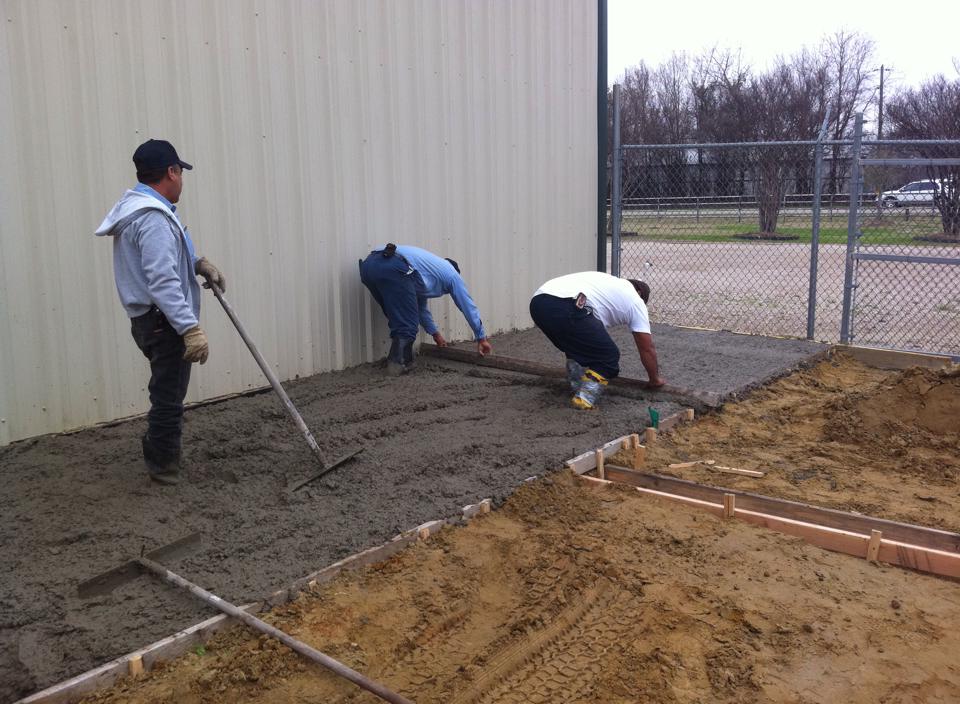Strategic Landscape Design That Protects Your Bottom Line
A business owner recently shared a story that changed how she viewed her property’s landscaping. After a customer tripped on an uneven walkway hidden by overgrown shrubs, she faced a lawsuit that could have been prevented with thoughtful landscape design. This scenario plays out more often than you might think, and the financial consequences extend far beyond the immediate medical costs. Strategic landscape design isn’t just about aesthetics—it’s a critical component of risk management that directly impacts your liability insurance premiums and overall business security.
Metro Lawn Care has spent years helping commercial property owners transform their outdoor spaces from potential liability risks into safe, welcoming environments. We’ve seen firsthand how proper landscape planning can prevent accidents, reduce insurance claims, and create spaces that protect both visitors and property values. The businesses that invest in strategic landscape design don’t just look better—they operate with significantly less risk exposure.

Understanding Landscape-Related Liability Risks
Business property owners face a complex web of premises liability concerns that many don’t fully appreciate until something goes wrong. Slip and fall accidents represent the most common landscape-related claims, accounting for substantial commercial insurance payouts each year. These incidents often stem from predictable issues: wet leaves accumulating on walkways, tree roots disrupting pavement integrity, or poor drainage creating hazardous puddles that freeze in colder months.
The legal concept of premises liability holds property owners responsible for maintaining reasonably safe conditions for anyone lawfully on their property. This responsibility extends to every aspect of your landscape, from the parking lot entrance to the back patio area where employees take breaks. Courts consistently rule that foreseeable hazards—those that a reasonable property owner should have anticipated and addressed—create liability when they cause injuries.
Design Elements That Minimize Risk Exposure
Proper hardscape selection and installation form the foundation of liability reduction through landscape design. Choosing materials with appropriate slip resistance ratings matters tremendously, particularly in areas that frequently get wet from rain, irrigation, or morning dew. Textured concrete, properly sealed pavers, and strategically placed anti-slip surfaces can dramatically reduce fall risks while maintaining visual appeal.
Visibility and sight lines throughout your property serve as another crucial safety consideration. Strategic landscape design ensures that parking areas, building entrances, and pathways remain clearly visible from multiple vantage points. This visibility not only deters criminal activity but also helps visitors navigate your property safely, reducing the likelihood of accidents caused by disorientation or unexpected obstacles.
Drainage systems deserve special attention in any liability-reducing landscape plan. Standing water creates immediate slip hazards and contributes to longer-term problems like foundation damage and pavement degradation. Professional grading, French drains, and properly positioned downspouts work together to move water away from high-traffic areas and prevent the pooling that leads to both accidents and structural issues.
Maintenance Protocols That Protect Your Investment
Even the most thoughtfully designed landscape requires consistent maintenance to maintain its liability-reducing benefits. Regular pruning keeps sight lines clear and prevents branches from becoming overhead hazards during storms. Seasonal maintenance addresses predictable risks before they materialize—removing wet leaves in fall, treating icy patches in winter, and managing rapid spring growth that can quickly obscure important signage or lighting.
Documentation of your maintenance efforts provides valuable protection if liability claims do arise. Detailed service records demonstrate that you’ve acted as a reasonable property owner, taking appropriate steps to maintain safe conditions. This documentation often proves decisive in defending against claims or negotiating favorable insurance settlements.
Creating Your Strategic Landscape Plan
Reducing business liability through strategic landscape design requires a partnership between property owners who understand their operational needs and landscape professionals who bring specialized expertise. Metro Lawn Care works collaboratively with business owners to assess existing risks, identify improvement opportunities, and implement solutions that balance safety, aesthetics, and budget considerations.
Your landscape should work as hard as you do to protect your business. The right design choices, implemented properly and maintained consistently, transform your outdoor spaces from potential liability sources into assets that enhance property value and create peace of mind. Taking action now to address landscape-related risks demonstrates the kind of responsible stewardship that protects your business for years to come.
Ready to reduce your liability exposure while creating a more beautiful business landscape? Contact Metro Lawn Care today for a comprehensive property assessment and discover how strategic landscape design can protect your bottom line while enhancing your property’s appeal.
